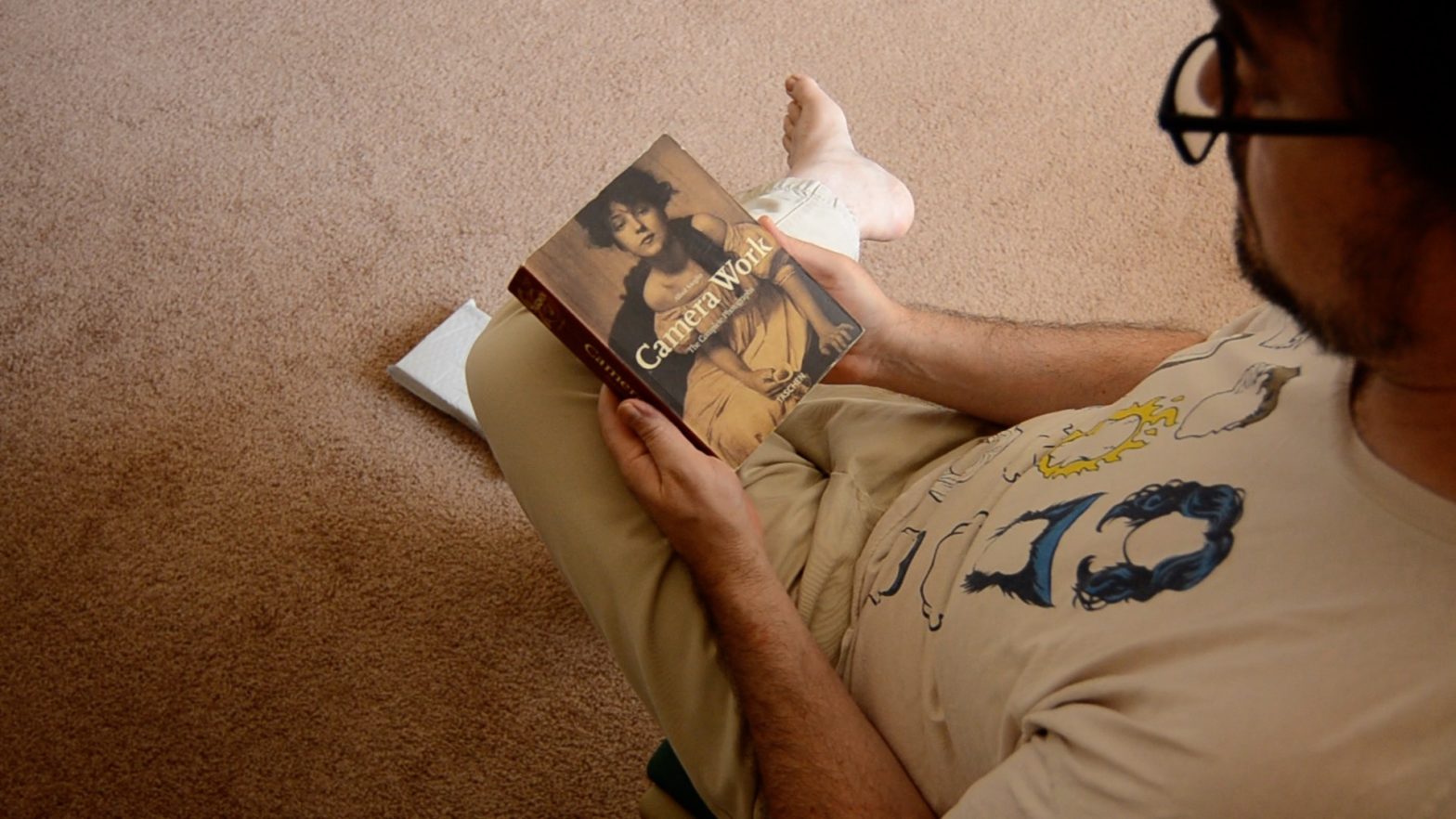Someone on Twitter recommended Camera Work: The Complete Photographs one day in early 2020, and a week or so and less than $5 later, I had this beat-up softcover copy in my hands… If you have any interest in early photography, the development of photographic modernism, the arc of 20th Century photography, or photographic history more broadly, it’s pretty much a no-brainer.
I started to go into a whole history of Alfred Stieglitz, Pictorialism, the Photo-Secession, and Stieglitz’s move to Modernism, but you likely know more about all that than me, and if you don’t, Wikipedia will take you very far. Suffice it to say that Camera Work and the Photo-Secession began in the Pictorial vein, as did Stieglitz, and the magazine pretty much traced the move from the photoshopped heavily massaged imagery of the Pictorialists to the more straight ahead work favored in Modernism, from Käsebier and Steichen to, well, Steichen and Strand.
My copy includes an essay by Pam Roberts, “Alfred Stieglitz, 291 Gallery and Camera Work” (Oxford commas be damned) in english, deutsch, et français, that gives a fairly thorough history of Steiglitz and the Magazine. I think perhaps some copies have the essay in only one language, but I’m not sure. The essay is rather simple, informative, and brief, and forms my biggest (and, I guess, only) complaint about the book.
Camera Work: the Complete Photographs reprints every photogravure, duograveure, halftone and whatever else from the 50 issues of Camera Work (or 48 if you count the double issues numbered 42/43 and 49/50), mostly grouped by issue number. I say “mostly” here because images used as illustrations in Roberts’ essay are not reproduced with the rest of their issue-siblings, and thus appear out of order (if there’s any order in the images grouped by issue, which one might expect). The English essay has images from issues 1, 2, 8, 10, and 12; the German one, 14, 15, 16, 18, 20, 21, and 23; the French, 23, 24, 26, 40, 42/43, and 49/50. This isn’t a big deal at all, of course. The images are reproduced at exactly the same size and quality as the others, they’re just out of order, and thus divorced from any layout or sense of progression through the different issues.
Anyway, the images—perhaps excluding the gallery views—give a pretty good idea of what artists were up to in the first couple of decades of the 20th Century, those ordained by Stieglitz anyway. For photographers looking at this stuff 100+ years later, there may be some avenues to explore. Most everyone has more or less forgotten Pictorialism, for example, though some Hipstamatic filters maybe brought it back for a brief period. And, anyway, compositional schemes, framing, and exposure techniques never go out of style. You can find things in the images from Camera Work that reappear over and over and over again in the century since the magazine ceased publication, and will continue to see for the next however many years, and there’s much to learn from. It’s all good stuff, and cheap too!
Unrated.
Taschen printed about a million of these, in hard and soft cover. My beat up softcover is the 9th printing, I think, of the 2008 edition, and you can find new copies of the 2013 hardcover at major booksellers for less than $20. It’s easily worth $6 or so, used, for anyone interested in photography (or the plastic arts) from any period, especially the period 1903 to 1917, and really ~1890-whenever. Big thanks to whoever it was on Twitter that turned me onto this one!

During my studies for my photography course I reviewed some of the Pictorialist work. I had good fortune in visiting a collection of photography owned by the Royal Photographic Society and I spent a day with original works of some of the photographers in Camera Works, as well as a significant number of the original Camera Works issues. I can understand why the were so expensive at the time….each copy must have been hand crafted, complete with tissue paper between some pages.
I have a copy of the Taschen book, but only touches the surface of the real beauty of the work.
If you are interested in Pictorialism you might take punt at “Practical Pictorial Photography’ by A. Horsley Hinton – which you might be able to get on Amazon,